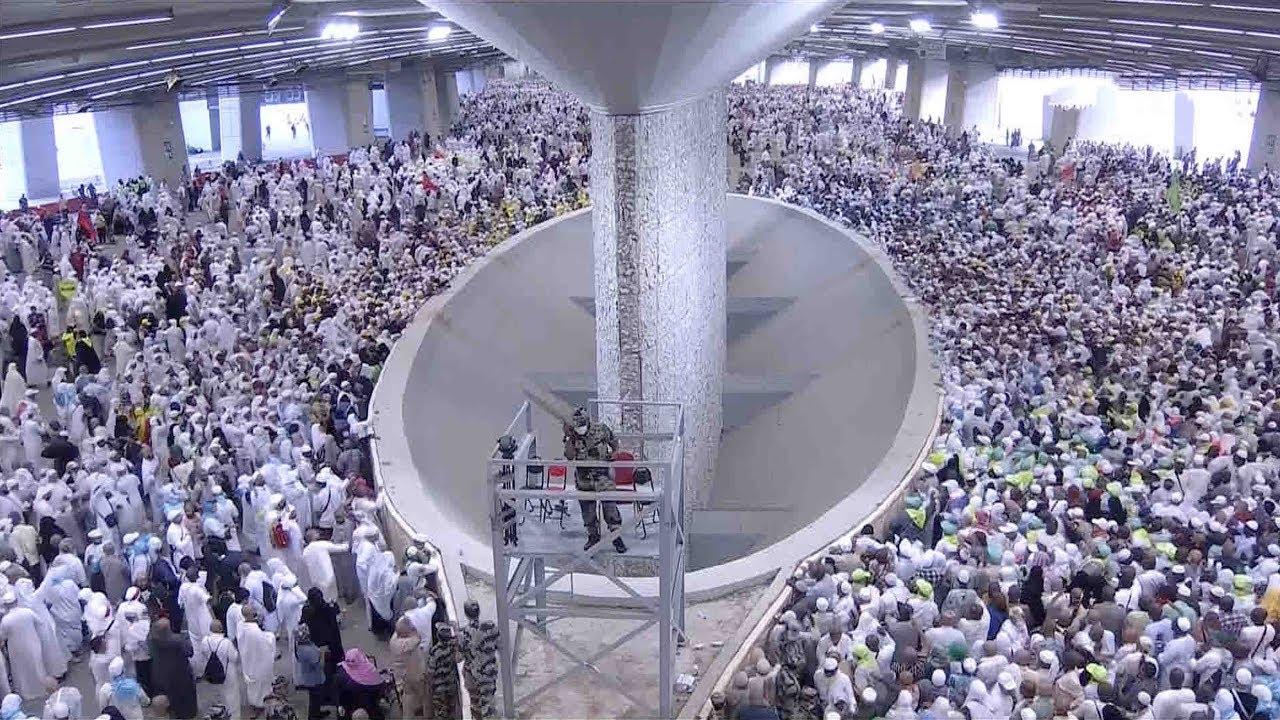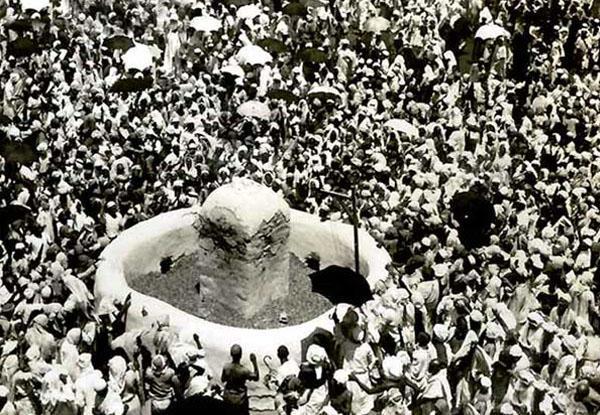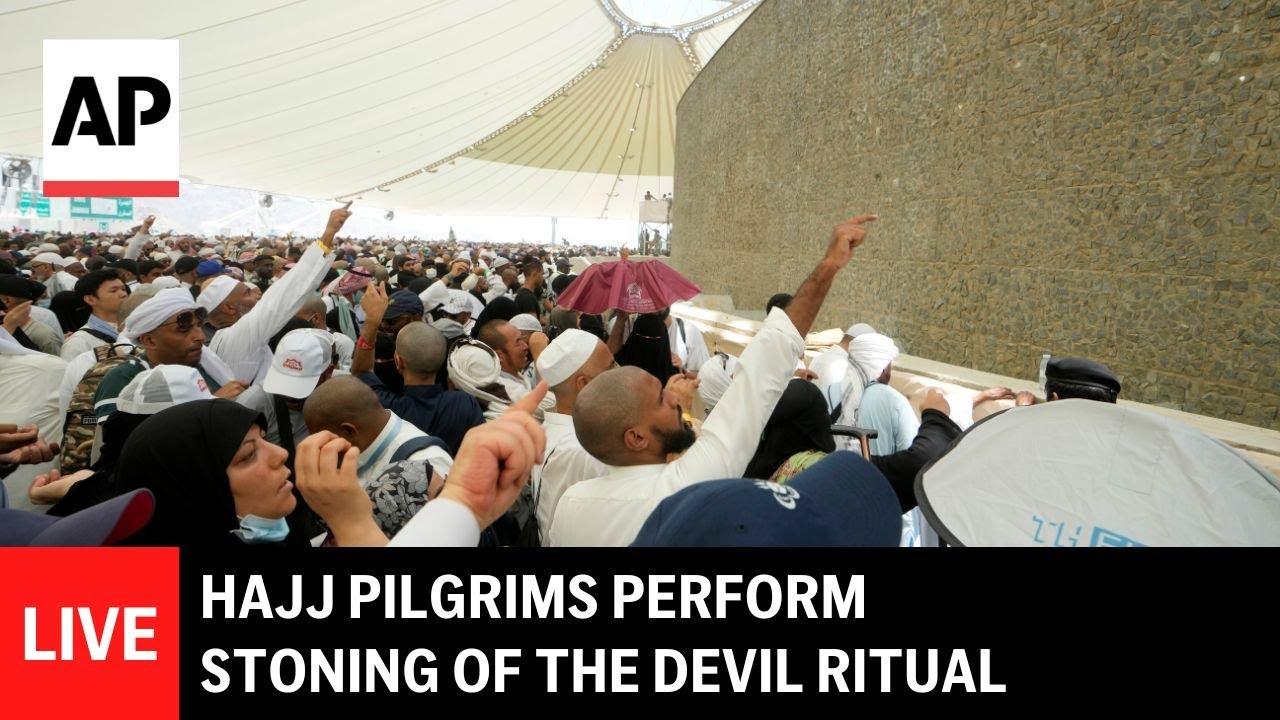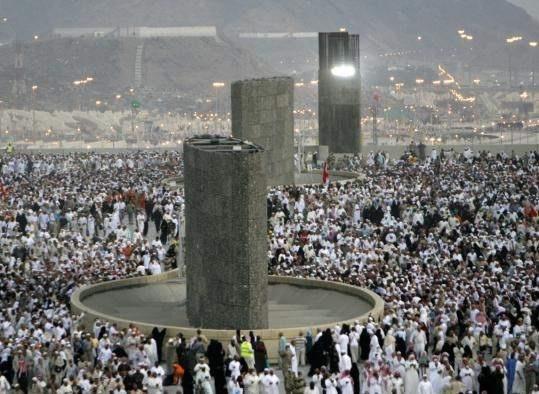Exploring the Deep Meaning Behind the Stoning of the Devil Ritual
The stoning of the devil, a pivotal ritual during the Hajj pilgrimage, resonates with profound symbolic meanings that delve deeper than the physical act of throwing stones.At its core, this ritual represents the rejection of evil and temptation, embodying the pilgrims’ internal struggle against sin and moral compromise.As Muslims gather at the three pillars, which symbolize the devil, they confront their own challenges and desires in a collective display of faith. The act of casting stones is a ritualistic reflection on humility, repentance, and the communal nature of the pilgrimage, emphasizing that no individual is alone in their fight against adversity.
Moreover,the stoning ritual is interwoven with moments of joy and shared experiences among pilgrims,reinforcing the community’s bond as they engage in this spiritual act. Amidst the symbolic intensity, pilgrims often exchange smiles and words of encouragement, creating an atmosphere of camaraderie that transcends cultural backgrounds. The sense of solidarity is palpable, reminding participants that their individual journeys of faith are part of a larger narrative. This blend of spiritual confrontation and shared celebration highlights the dual nature of the rite—one that combines the weight of personal reflection with the joy of communal belonging, making the stoning of the Devil a uniquely transformative experience at Hajj.

The Role of Symbolism in pilgrims’ Expressions during Hajj
The stoning of the devil ritual, known as Ramī al-Jamarāt, stands as a poignant moment during the Hajj pilgrimage, rich with profound symbolism and collective expression.As millions gather in the sacred valley of Mina, the act of throwing stones at the three pillars representing Satan becomes more than just a physical act; it embodies the rejection of evil and the struggles against temptation. The stones, each a simple fragment of nature, carry deeper meanings, as they symbolize the pilgrim’s commitment to spiritual purification and their earnest quest for divine forgiveness. The sight of multitudes, united in their purpose, infuses the air with a shared spirit of hope and renewal, illuminating the collective resolve to overcome personal challenges.
Amidst the monumental crowds,the ritual also serves as a remarkable social event,creating a tapestry of human connections through smiles and shared experiences. Pilgrims exchange words of encouragement, laughter, and even moments of reflection while standing shoulder to shoulder in the face of divine commandments. The experience fosters a sense of communal identity, as individuals from diverse backgrounds come together in a singular mission. This confluence of spirituality and social interaction becomes evident through various manifestations:
- Exchanging stones: Some pilgrims share their stones as tokens of goodwill, creating bonds that transcend language and culture.
- Collective chants: Groups often chant prayers in unison, amplifying the emotional atmosphere and reinforcing their sense of belonging.
- Expressions of joy: The smiles exchanged amidst the intensity of the ritual highlight the dual aspect of pilgrimage—a solemn occasion intertwined with moments of communal joy.
Thes symbols transform a significant religious act into an enriching, human experience, encapsulating the essence of unity and shared devotion during one of the most cherished moments of Hajj.

understanding the Significance of Smiles Amidst a Traditional Ritual
The stoning of the devil ritual, known as Ramy al-Jamarat, is a pivotal moment during the Hajj pilgrimage, epitomizing the struggle against temptation and the commitment to righteousness. Amidst the solemnity of this act, smiles emerge as powerful symbols of resilience and community. Participants often exchange cheerful expressions, reflecting the shared understanding that they are not alone in their journey of faith. These smiles serve multiple purposes: they foster a sense of belonging, lighten the emotional weight of the ritual, and embody the triumph of the human spirit over adversity.
In the context of this traditional rite, smiles resonate with deeper meanings. They signify the continuity of faith across generations, demonstrating how cultural practices evolve yet maintain their core values. Furthermore, smiles can be seen as a universal language of hope, transcending barriers and connecting people from diverse backgrounds.Through these gestures, pilgrims express their gratitude for the opportunity to partake in such a transformative experience, acknowledging that even in acts of remembrance and penance, joy can coexist. This juxtaposition highlights the ritual’s multifaceted nature, reminding attendees that spirituality can encompass both solemnity and joy.

Recommendations for Enhancing Spiritual Engagement during the Stoning Ceremony
To foster a deeper spiritual connection during the ritual of the stoning ceremony at Hajj, pilgrims can consider integrating several key practices into their experience. Reflective meditation before the commencement of the stones’ throwing can help solidify the intention behind this powerful act, allowing participants to focus on their personal challenges and aspirations for purification. Additionally, encouraging community engagement through group prayers or reflections among fellow pilgrims can cultivate a sense of solidarity and shared purpose, enhancing both individual and collective spiritual growth. These moments of unity can transform the ceremony from a mere physical act to a heartfelt expression of faith.
Incorporating symbolic gestures during the stoning can also elevate the emotional resonance of the experience. As a notable example, prior to throwing each stone, participants could verbalize a specific grievance or temptation they are renouncing.This practice not only personalizes the ritual but also reinforces the intention of seeking protection from malevolent forces. Moreover, infusing lightness into the ceremony by sharing smiles and supportive words with others can create an atmosphere of grace and encouragement, reminding everyone of the shared journey of faith. When laughter and joy are interspersed with the solemnity of the act, it creates a holistic experience that honors both gravity and elation in spiritual expression.
